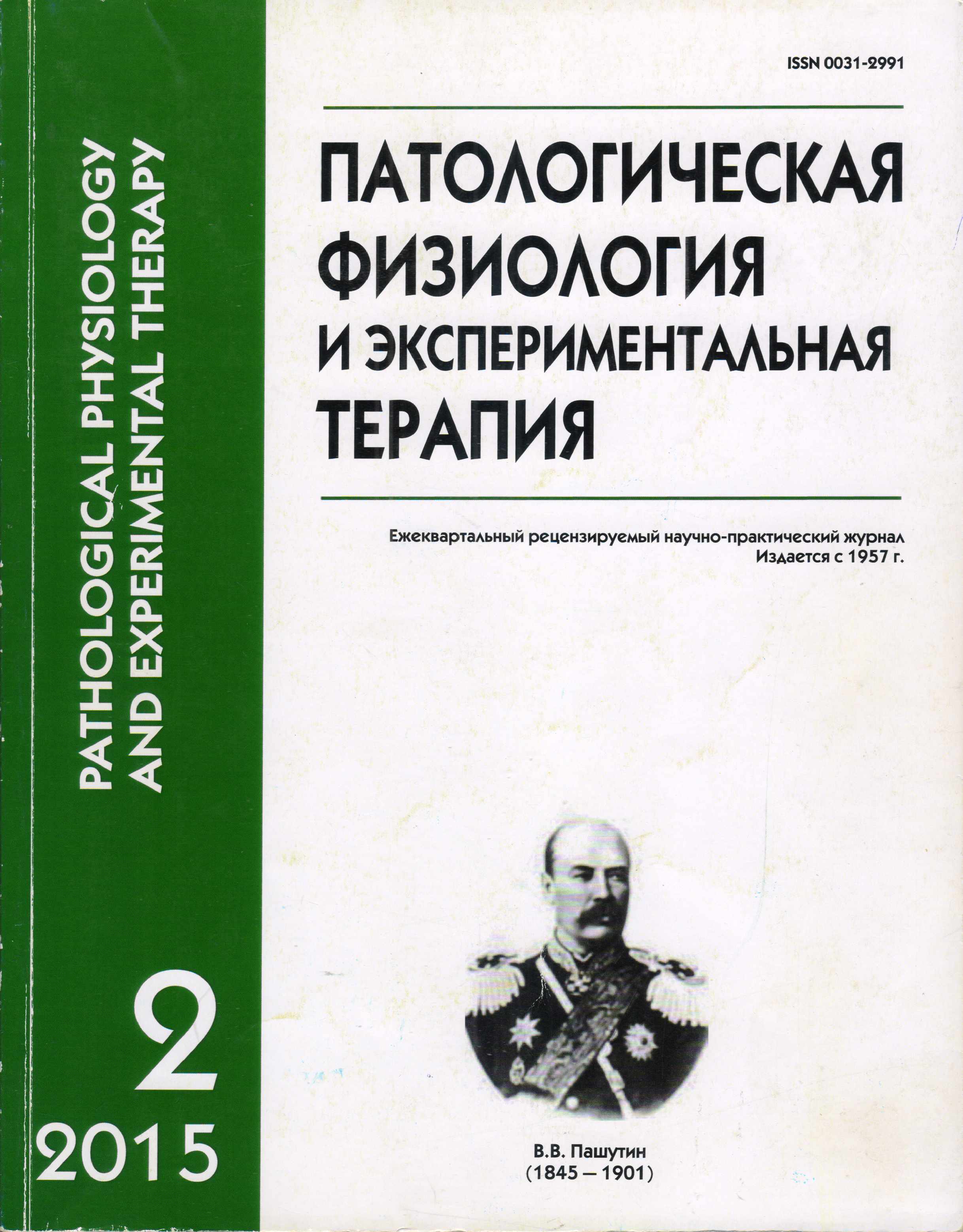Prospects for the use of cells possessing myogenic potential in the treatment of skeletal muscle diseases: a review of research. Part 1 — satellite cells
Keywords:
stem cells, cells with myogenic potential, satellite cells, myosatellite cell, skeletal muscle, muscular dystrophy, regeneration, cell therapy
Abstract
Musculoskeletal functions disorders may develop as a consequence of injuries and various types of congenital / acquired diseases, among which a special place belongs to muscular dystrophy. The technology with use of cells possessing myogenic potential is considered as one of the most promising approaches to solve the problem of effective restoration of skeletal muscles structure and function. In part I of the article the characteristic features, functions and phenotypic characteristics of satellite cells (SC) are reviewed as key factors of skeletal muscle tissue regeneration. Presented analysis of research results (preclinical and clinical) concerning therapeutic possibilities of technology using SC. In the second part of review will be presented data of the therapeutic use of stem cells of muscle and non-muscle origin for the treatment of skeletal muscles diseases.Downloads
Download data is not yet available.
Published
09-07-2015
How to Cite
Zorin V. L., Zorina A. I., Pulin A. A., Kopnin P. B., Eremin I. I. Prospects for the use of cells possessing myogenic potential in the treatment of skeletal muscle diseases: a review of research. Part 1 — satellite cells // Patologicheskaya Fiziologiya i Eksperimental’naya Terapiya (Pathological physiology and experimental therapy). 2015. VOL. 59. № 2. PP. 88–98.
Issue
Section
Reviews






